Home>Articles>What Hand Tools Are Required For A Wireless Network
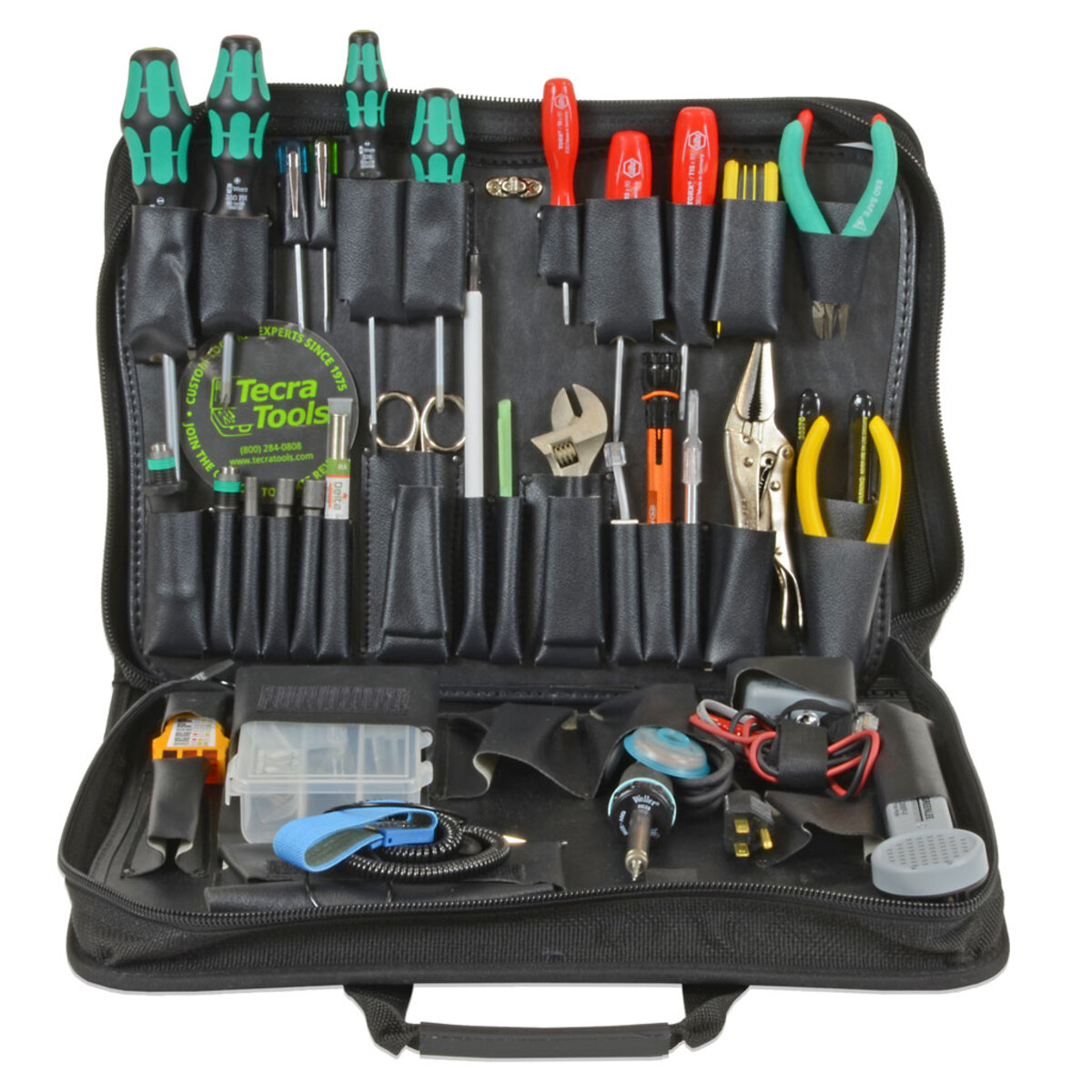

Articles
What Hand Tools Are Required For A Wireless Network
Modified: February 28, 2024
Discover the essential hand tools needed for setting up a wireless network in this comprehensive article. Learn how to optimize your network for seamless connectivity and improve performance.
(Many of the links in this article redirect to a specific reviewed product. Your purchase of these products through affiliate links helps to generate commission for Storables.com, at no extra cost. Learn more)
Introduction
Welcome to the world of wireless networks! In today’s hyper-connected world, wireless networks have become an essential part of our daily lives. Whether it’s for work, entertainment, or staying connected with loved ones, a stable and reliable wireless network is indispensable. But have you ever wondered about the tools that make it all possible?
In this article, we will delve into the world of hand tools that are required for setting up a wireless network. These tools play a crucial role in ensuring smooth installation, testing, and troubleshooting of wireless networks. So, whether you’re a network technician, a DIY enthusiast, or simply curious about the inner workings of wireless networks, read on to discover the key hand tools you need to know about.
Before we dive into the specifics of hand tools, let’s quickly cover the basics of wireless networks.
Key Takeaways:
- Having the right hand tools is crucial for the smooth installation, maintenance, and optimization of wireless networks. From screwdrivers to Wi-Fi signal analyzers, these tools ensure reliable and high-performance connectivity.
- Investing in high-quality hand tools is essential for network technicians and DIY enthusiasts. These tools play a vital role in diagnosing, resolving issues, and ensuring the seamless operation of wireless networks.
Overview of Wireless Networks
Wireless networks, also known as Wi-Fi networks, are a means of connecting devices without the need for physical cables. They use radio waves to transmit data between devices, allowing for convenient and flexible connectivity. This technology has revolutionized the way we access the internet and communicate with each other.
A wireless network consists of various components, including a wireless router or access point, wireless adapters in devices such as laptops and smartphones, and the infrastructure required to support the network. These components work together to establish a wireless connection and enable data transfer.
When you connect to a wireless network, your device communicates with the wireless router or access point through radio signals. The router serves as a central hub, managing the network and providing internet connectivity. It sends and receives data packets between devices, ensuring a seamless flow of information.
Wireless networks operate on different frequencies, typically 2.4 GHz and 5 GHz. The 2.4 GHz band offers a wider coverage area but can be more susceptible to interference from other devices, while the 5 GHz band provides faster speeds but has a shorter range.
Security is a critical aspect of wireless networks. To protect your data and ensure privacy, it’s important to set up strong encryption and authentication protocols. This helps prevent unauthorized access to your network and safeguards sensitive information.
Now that we have a basic understanding of wireless networks, let’s explore why hand tools are essential for their setup and maintenance.
Importance of Hand Tools in Wireless Network Setup
Hand tools are essential for the proper installation and maintenance of wireless networks. They assist in ensuring accurate connectivity, efficient signal transmission, and effective troubleshooting. Without the appropriate hand tools, setting up a wireless network can become a cumbersome and challenging task. Let’s highlight the importance of hand tools in the following ways:
1. Physical Installation:
Hand tools are crucial for the physical installation of wireless network components. They help in mounting wireless routers or access points securely on walls or ceilings. Tools like screwdrivers, drills, and cable management tools ensure that the installation is neat and functional, minimizing any potential signal obstructions.
2. Cable Management:
Proper cable management is important to maintain cable integrity and enhance signal quality in wireless networks. Hand tools such as cable ties, cable management clips, and cable testers assist in organizing and securing network cables. Neatly organized cables minimize interference and improve the overall performance of the network.
Read more: What Is A Hand Tool
3. Signal Strength Optimization:
Hand tools play a vital role in optimizing signal strength and connectivity in wireless networks. Tools like Wi-Fi signal analyzers and spectrum analyzers help identify the optimal placement of wireless routers or access points. By analyzing signal strength and interference, technicians can position the devices strategically to ensure maximum coverage and minimal signal degradation.
4. Network Testing:
Hand tools are essential for testing the performance of wireless networks. Network testers, Wi-Fi analyzers, and cable testers enable technicians to verify signal strength, analyze network speed, and detect potential issues. These tools help diagnose network problems accurately and facilitate effective troubleshooting.
5. Maintenance and Troubleshooting:
In case of network issues or disruptions, hand tools enable technicians to identify and resolve problems efficiently. Tools like multimeters, network cable testers, and signal strength meters aid in diagnosing and locating faults in equipment or cabling. This ensures swift troubleshooting and minimizes downtime.
In summary, hand tools play a vital role in the setup, maintenance, and optimization of wireless networks. They provide the necessary assistance for physical installation, cable management, signal optimization, network testing, and troubleshooting. Investing in quality hand tools is essential for ensuring reliable and high-performance wireless network connectivity.
Essential Hand Tools for Wireless Network Installation
When setting up a wireless network, having the right hand tools can make the installation process smoother and more efficient. Here are some essential hand tools that every network technician or DIY enthusiast should have in their toolkit:
Read more: What Are Hand Tools Made Of
1. Screwdriver set:
A set of screwdrivers with various sizes and types of heads is essential for mounting wireless routers or access points. Phillips and flathead screwdrivers are commonly used for securing brackets, wall mounts, and antenna connectors.
2. Cable cutter/stripper:
A cable cutter and stripper are necessary for cutting and stripping network cables to the appropriate length. This ensures a clean and precise installation. Make sure to choose a cable cutter/stripper that is suitable for the diameter of the cables you are working with.
3. Crimping tool:
A crimping tool is used to attach connectors to network cables. This tool enables technicians to crimp RJ-45 connectors onto Ethernet cables, ensuring a secure and reliable connection. It is important to use a high-quality crimping tool to ensure proper termination and minimize signal loss.
4. Cable tester:
A cable tester is indispensable for diagnosing network connectivity issues. This tool can verify the integrity and continuity of network cables, ensuring that they are properly wired and can carry data signals without any disruptions. It helps identify faulty cables or misconfigurations, saving time and effort in troubleshooting.
Read more: What Is Metalworking Hand Tools
5. Wi-Fi signal analyzer:
A Wi-Fi signal analyzer helps measure the strength and quality of wireless signals. This tool allows technicians to identify areas with weak signals or overlapping networks, helping them optimize the placement of wireless routers or access points. It also aids in detecting interference sources that may degrade the performance of the wireless network.
6. Labeling tool:
Labeling is crucial for keeping the network organized and facilitating maintenance. A handheld labeling tool allows technicians to label cables, ports, and equipment for easy identification and troubleshooting. This helps minimize confusion and ensures efficient management of the network infrastructure.
7. Ethernet cable tester:
An Ethernet cable tester is specifically designed to test the functionality of Ethernet cables. It verifies the continuity of the wires, checks for miswiring or crossed connections, and helps troubleshoot Ethernet-related issues. This tool is particularly useful when installing and troubleshooting wired connections in a hybrid wireless/wired network environment.
These are just a few examples of the essential hand tools required for proper wireless network installation. The specific tools you need may vary depending on the complexity and scale of your network setup. Investing in high-quality tools will not only make the installation process smoother but also contribute to the longevity and performance of your wireless network.
Testing and Troubleshooting Hand Tools for Wireless Networks
Testing and troubleshooting are vital aspects of maintaining a reliable wireless network. When issues arise, having the right hand tools can help identify and resolve problems efficiently. Here are some essential testing and troubleshooting hand tools for wireless networks:
1. Wi-Fi analyzer:
A Wi-Fi analyzer is a powerful tool for analyzing wireless signals in your network environment. It measures signal strength, identifies nearby access points and channels, and detects potential sources of interference. By using a Wi-Fi analyzer, network technicians can make informed decisions about optimizing channel assignment and adjusting transmitter power levels for better network performance.
2. Spectrum analyzer:
A spectrum analyzer provides detailed insights into the frequency spectrum of the wireless signals in your network. It helps identify and mitigate sources of interference, such as microwave ovens, cordless phones, or other wireless devices operating on the same frequency bands. Technicians can use a spectrum analyzer to adjust their network settings and minimize the impact of interference on wireless performance.
3. Network cable tester:
A network cable tester is essential for troubleshooting wired connections within a wireless network setup. It can identify faulty cables, open or short connections, and miswiring issues. By testing each cable, technicians can quickly pinpoint and resolve problems affecting network connectivity or performance.
4. Power over Ethernet (PoE) tester:
In PoE-enabled networks, where power is delivered through Ethernet cables, a PoE tester is crucial for troubleshooting issues related to power delivery. It helps diagnose problems with PoE switches, injectors, or powered devices. By using a PoE tester, technicians can verify if the correct amount of power is being supplied to the devices and troubleshoot any power-related issues effectively.
Read more: What To Look For In Hand Tools
5. Multimeter:
A multimeter is a versatile tool used to measure various electrical values, such as voltage, current, and resistance. In wireless networks, a multimeter can be used to test power supplies, check the integrity of connections, or troubleshoot issues with electrical components. It is an invaluable tool for diagnosing and repairing electrical problems within the network infrastructure.
6. Signal strength meter:
A signal strength meter measures the strength of wireless signals in different parts of a network. It helps determine areas with weak signal coverage or dead spots and assists in optimizing the placement of wireless routers or access points. By using a signal strength meter, technicians can fine-tune their network setup to ensure optimal coverage and performance.
Having these testing and troubleshooting hand tools at hand significantly simplifies the process of diagnosing and resolving issues in wireless networks. They enable technicians to identify problems, verify signal quality, and ensure the smooth operation of the network. By investing in these tools, network administrators can efficiently maintain and troubleshoot their wireless networks, resulting in enhanced reliability and user satisfaction.
Conclusion
Hand tools are an essential component of setting up, maintaining, and troubleshooting wireless networks. They are crucial for physical installation, cable management, optimizing signal strength, network testing, and efficient troubleshooting. From screwdrivers and cable cutters to Wi-Fi analyzers and cable testers, each tool plays a specific role in ensuring the smooth operation and performance of wireless networks.
When it comes to wireless network installation, having the right hand tools can make a significant difference in the efficiency and effectiveness of the process. By using tools such as screwdriver sets, cable cutters, and crimping tools, technicians can ensure proper installation and secure connections. Cable management tools, Wi-Fi signal analyzers, and labeling tools contribute to organized networks, optimized signal strength, and easier maintenance.
In testing and troubleshooting wireless networks, hand tools like Wi-Fi analyzers, spectrum analyzers, and network cable testers are invaluable. They help identify signal interference, connectivity issues, and faulty cables, allowing for prompt resolution and improved network performance. Additionally, using tools like multimeters and signal strength meters aids in diagnosing and resolving electrical or signal-related problems.
Investing in high-quality hand tools is essential for network technicians, DIY enthusiasts, and anyone involved in wireless network setup. Not only do these tools make the installation and maintenance process more efficient, but they also contribute to the overall reliability and performance of the network. By using the right hand tools, you can ensure seamless connectivity, optimal signal strength, and a stable wireless network.
In conclusion, hand tools are the unsung heroes of wireless network setup. They provide the necessary assistance for installation, testing, and troubleshooting, ensuring that your wireless network operates at its best. So, whether you’re setting up a small home network or managing a large enterprise network, make sure to have the essential hand tools at your disposal. With the right tools in hand, you can confidently create, maintain, and troubleshoot wireless networks with ease.
Frequently Asked Questions about What Hand Tools Are Required For A Wireless Network
Was this page helpful?
At Storables.com, we guarantee accurate and reliable information. Our content, validated by Expert Board Contributors, is crafted following stringent Editorial Policies. We're committed to providing you with well-researched, expert-backed insights for all your informational needs.

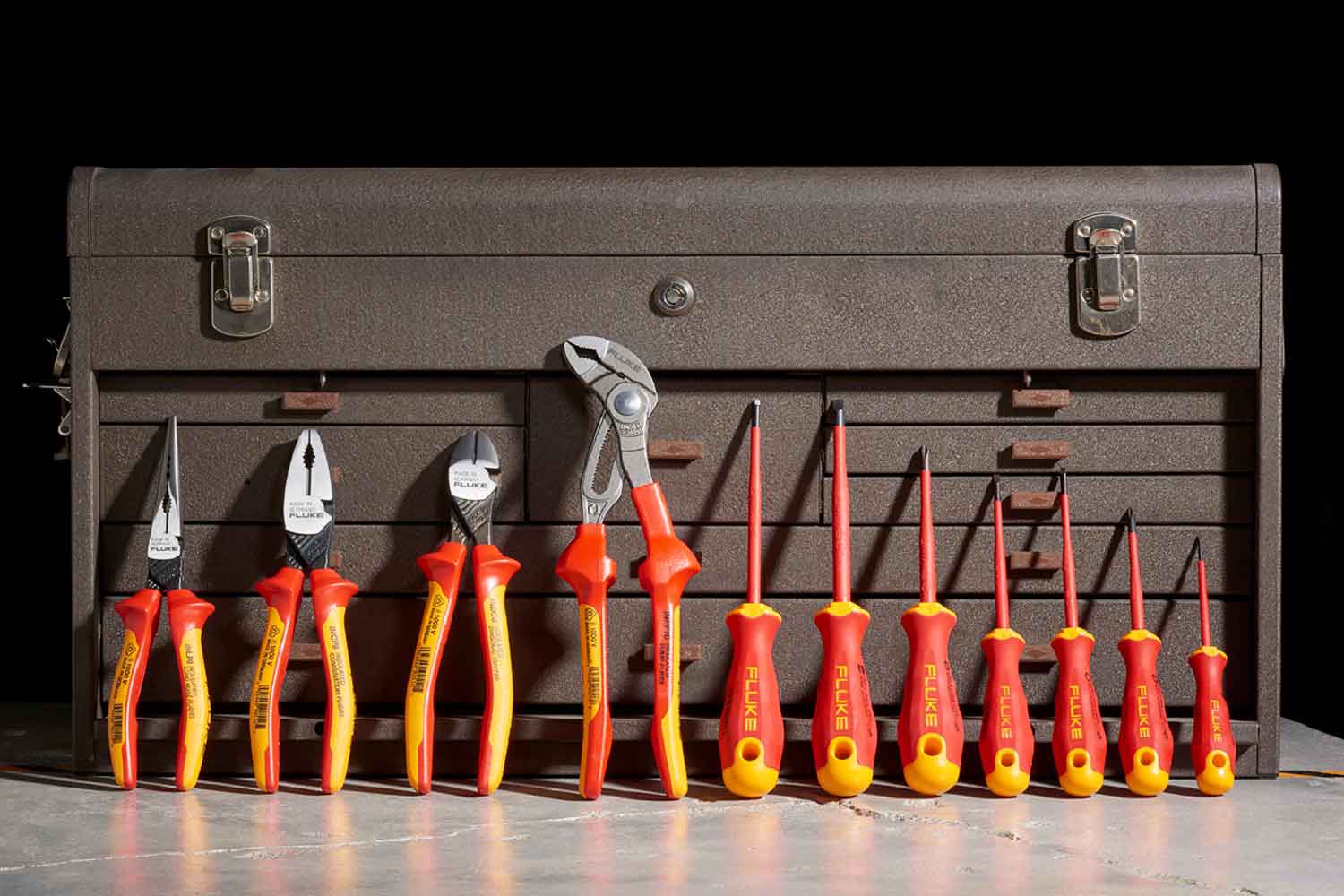
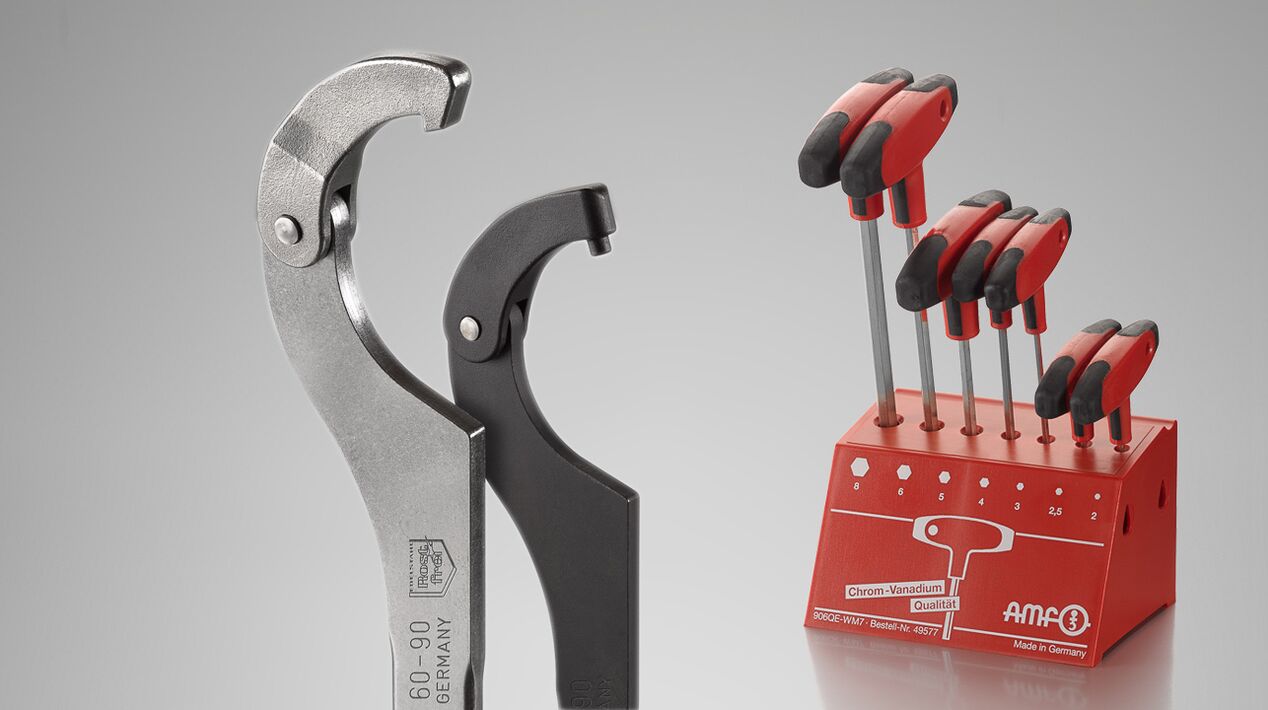
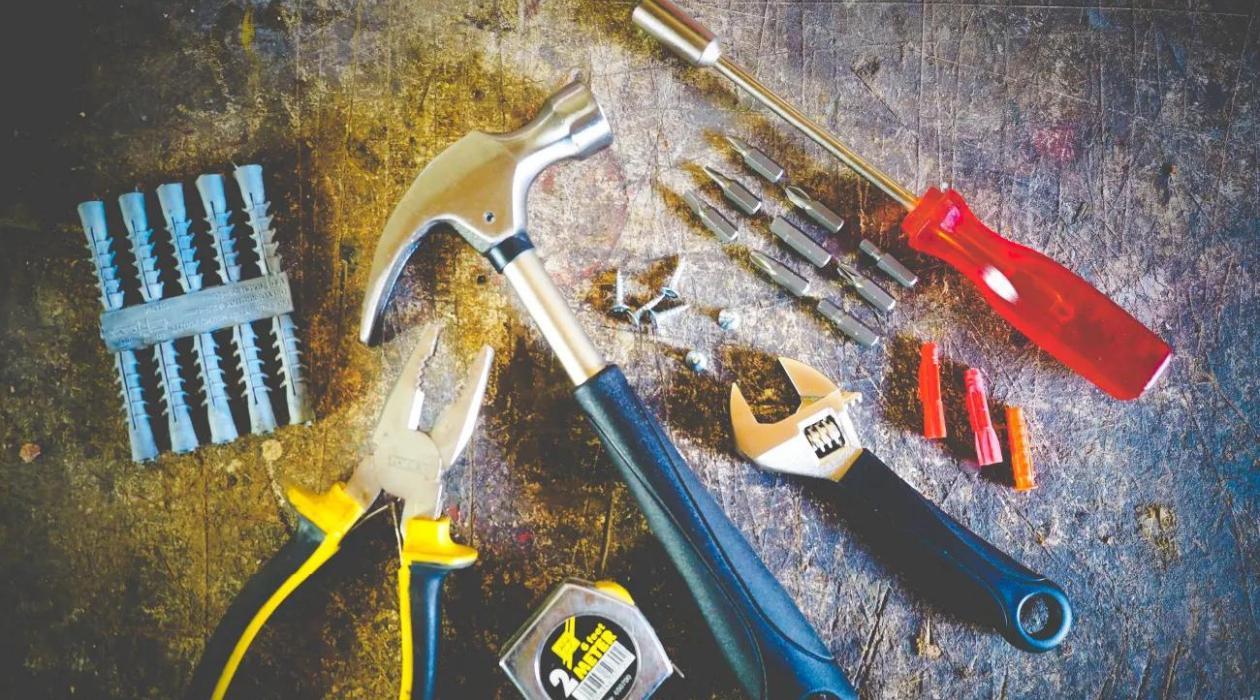
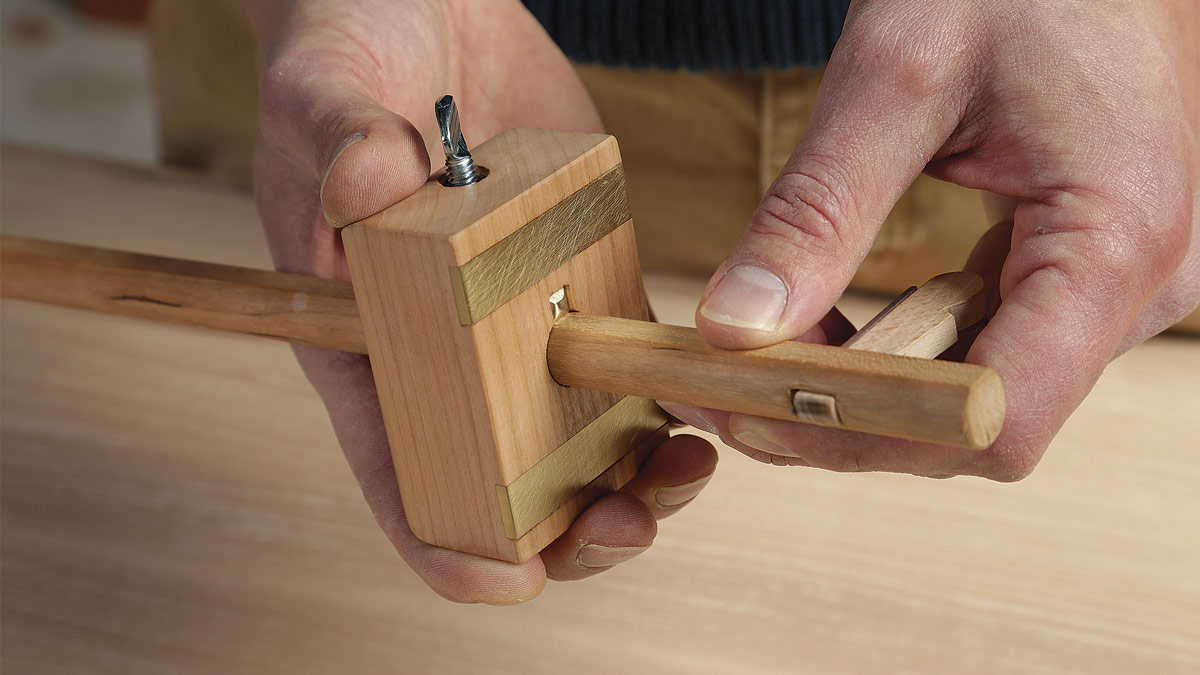
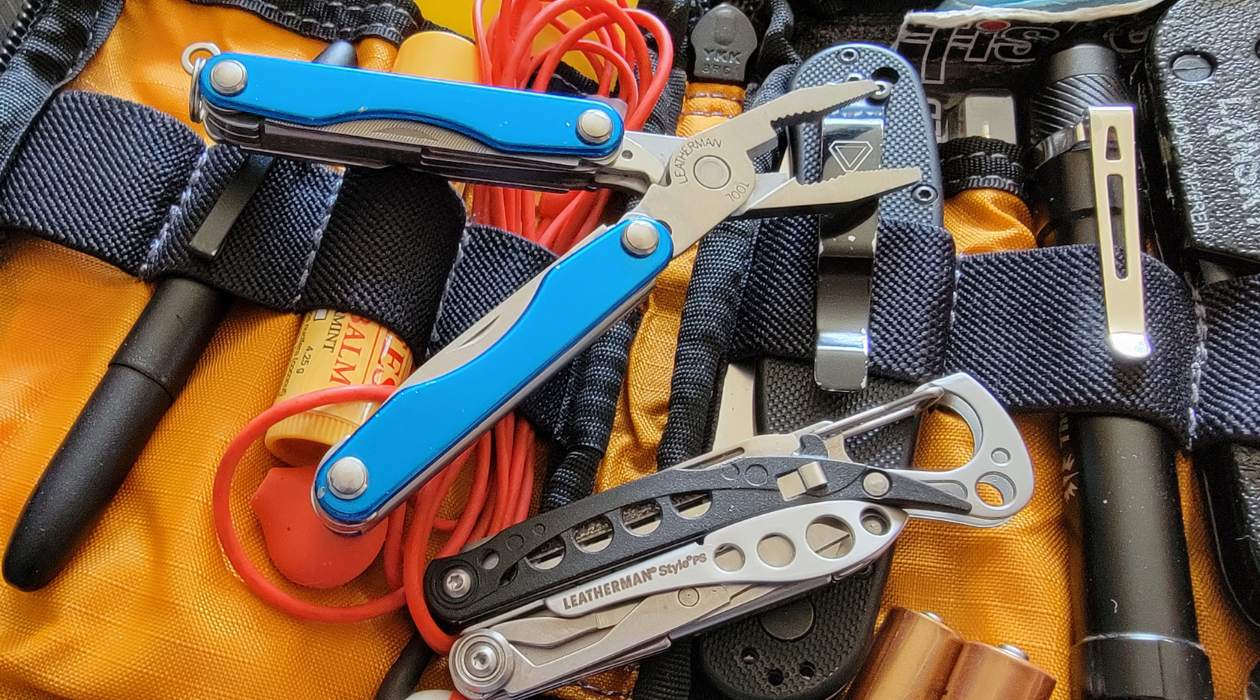



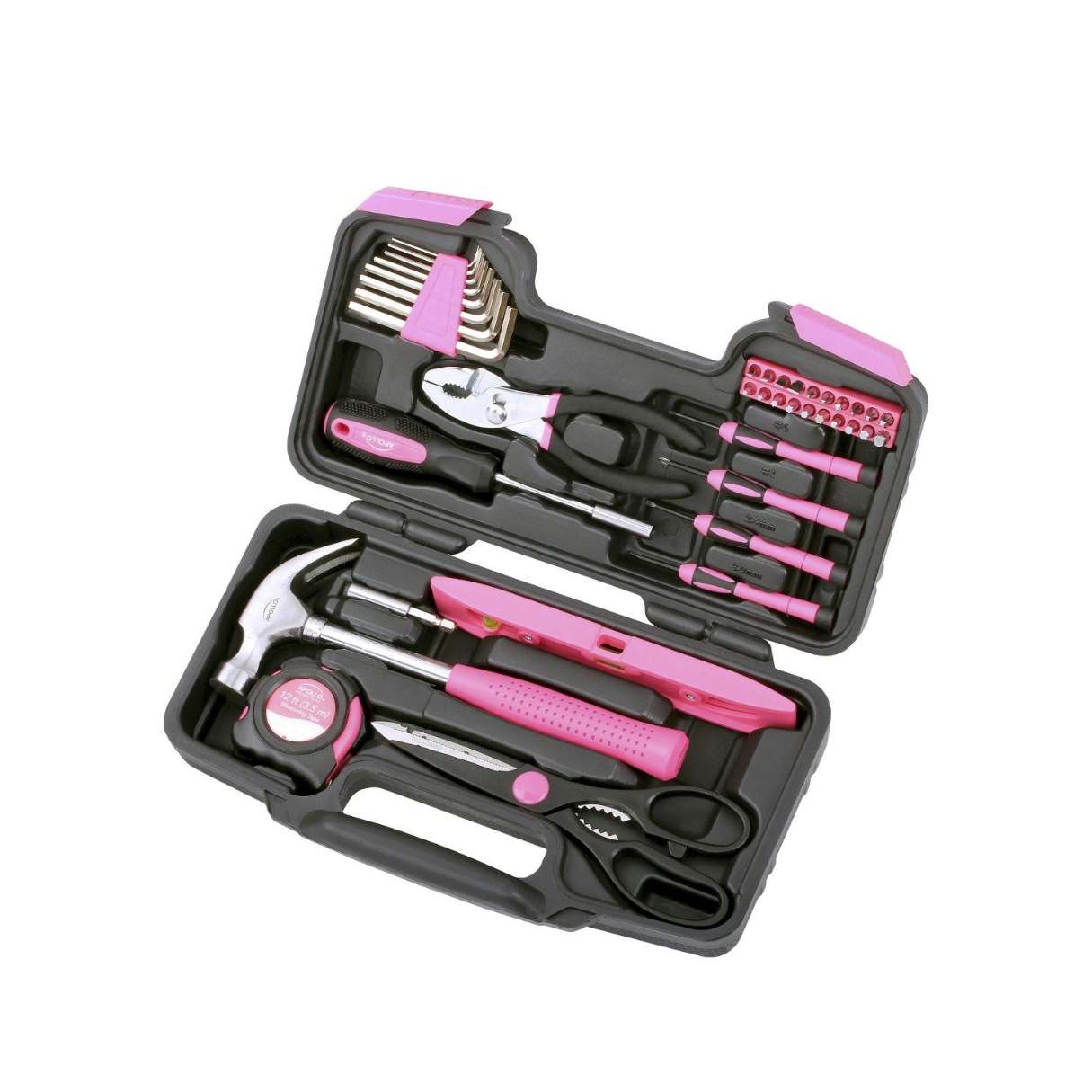

0 thoughts on “What Hand Tools Are Required For A Wireless Network”